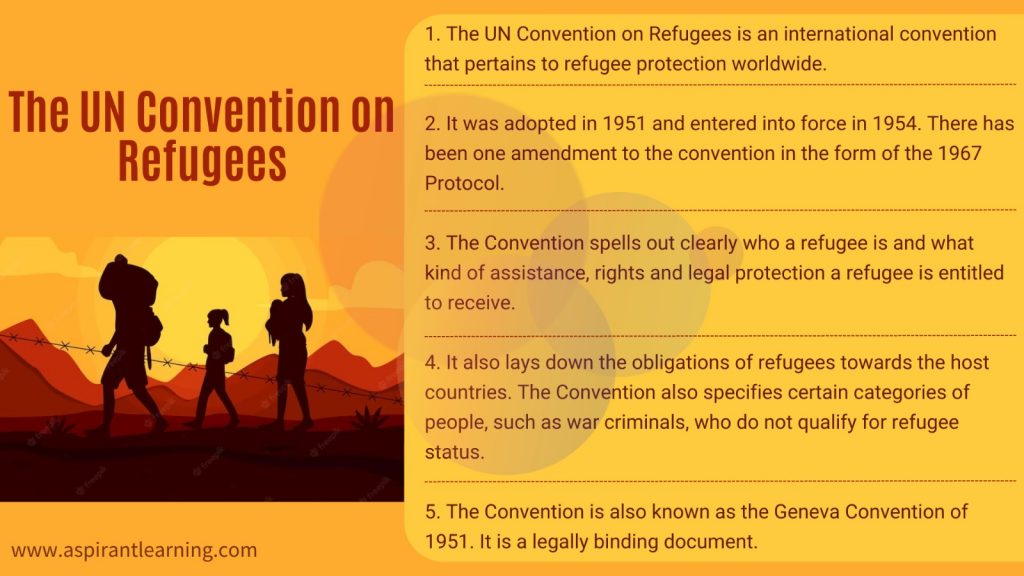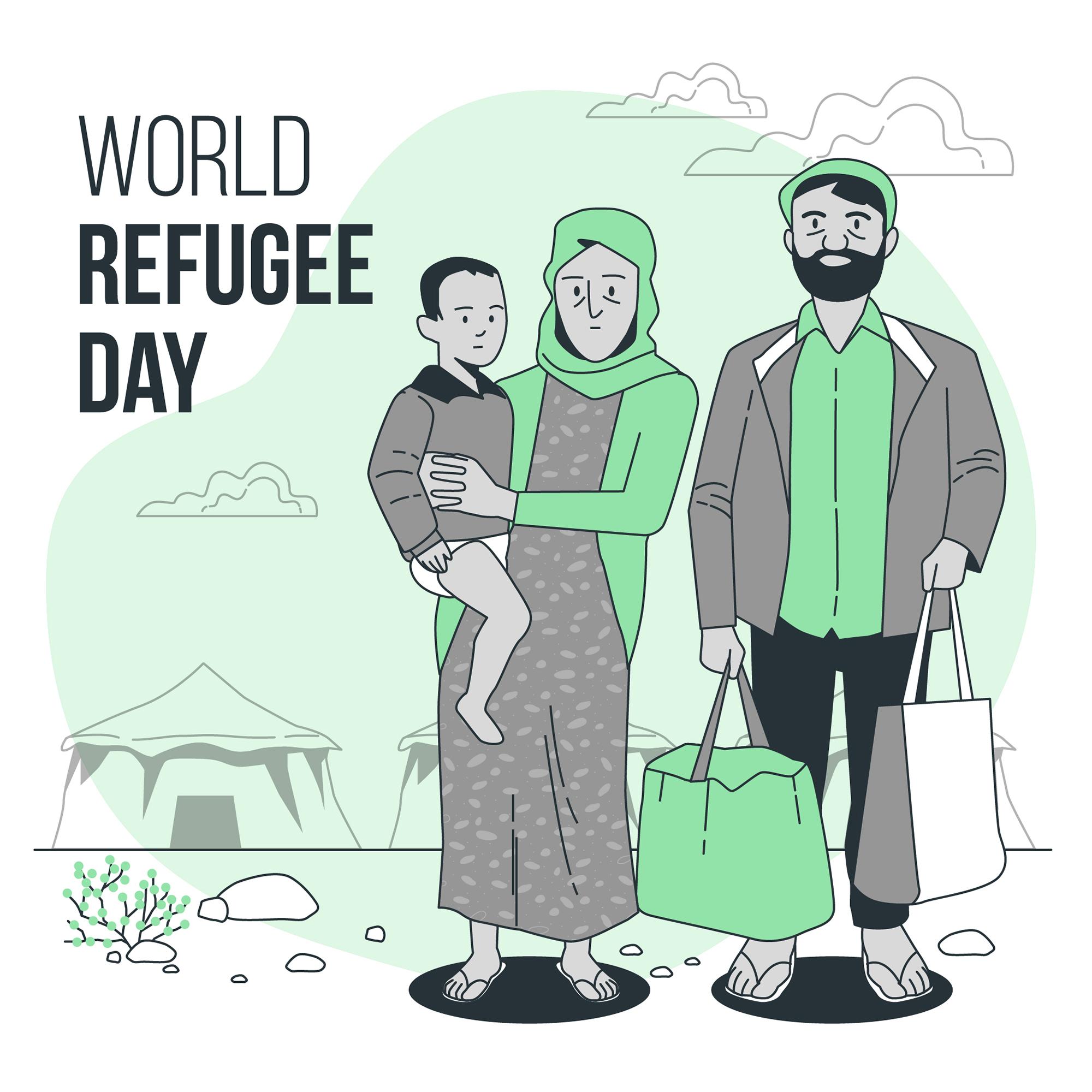News Highlights:
- According to the Ministry of Home Affairs (MHA), 3,04,269 Sri Lankan refugees entered India between July 1983 and August 2012 and received aid, including shelter, subsidised rations, educational support, medical treatment, and financial allowances.
- In addition to the warm welcome provided, access to public education and health facilities embodies the Government of India’s recognition of the needs of Sri Lankan refugees.
Sri Lankan Tami issues:
- Background:
- Sri Lankan Tamils, also known as Ceylon Tamils or Eelam Tamils, are Tamils native to the South Asian island state of Sri Lanka.
- Sri Lanka has 74.9 % Sinhalese and 11.2 % Sri Lankan Tamil.
- 70% of Sri Lankan Tamils in Sri Lanka live in the Northern and Eastern provinces.
- It is believed that the Tamils arrived in Srilanka as invaders and traders from India’s Chola Kingdom.
- Some origin stories suggest that the Sinhalese and Tamil communities have experienced tension from the beginning, not out of cultural incompatibility but out of power disputes.
- Pre-Civil War:
- Sri Lanka has been mired in ethnic conflict since the country became independent from British rule in 1948.
- During colonial rule, the British have shown favouritism towards Tamils (a minority community).
- In the years following independence, the Sinhalese (Buddhist-majority community) became politically powerful.
- They had resented British favouritism toward Tamils (a minority community) during the colonial period.
- After independence, Tamil migrant plantation workers were deprived of their citizenship (1948 Ceylon Citizenship Act), and Sinhala was made the official language (1956 Sinhalese Only Act).
- Deprived of their citizenship which led to the creation of the Liberation Tigers of Tamil Eelam (LTTE) in 1976.
- LTTE was an uncompromising group inspired by Che Guevarra and his guerilla warfare tactics.
- The conflict escalated into civil war in 1983, leading to riots targeting Tamils in Colombo.
- The fighting lasted just under three decades and ended in May 2009, when the Sri Lankan government announced that they had killed the LTTE leader.
- Post-War:
- India’s engagement during the civil war deteriorated the relations between the two nations.
- Sri Lanka blamed India for playing a crucial role in this conflict and accused the government under Indira Gandhi and the state government of Tamil Nadu of supporting Tamil rebel groups.
- A large portion of the Tamil population remains displaced. While there are fewer political and civil rights issues, instances of torture and enforced disappearances persist even in recent
- The government’s Prevention of Terrorism Act (PTA) targets mostly Tamils.
- Sri Lankan government continues to disenfranchise the Tamil community.
- Tamil perspective on Sri Lankan history, as well as Tamil and Hindu elements of the country’s culture, has been erased.

Rehabilitation of Tamil Refugees:
- Overview:
- Many Srilankan Tamils who evaded the Srilankan civil war (2009) seek refuge in Tamil Nadu.
- They are not returning in fear of being targeted again.
- It is a challenge for India to rehabilitate them.
- Refugees Statics:
- In India, 58,648 refugees are residing in 108 camps in Tamil Nadu, while 54 are in Odisha.
- Another 34,135 refugees registered with Tamil Nadu authorities reside outside camps.
- Government of India provided ₹1,226 crores for the relief and accommodation of refugees from July 1983 to March 31, 2022.
- Government’s objective:
- The objective of the Government of India remains the repatriation of refugees to Sri Lanka.
- 99,469 refugees were repatriated to Sri Lanka up to March 1995, and no organised repatriation was done after that.
Conclusion:
- For India to maintain its strategic interests in the Indian Ocean, the Neighborhood First strategy with Sri Lanka is crucial.
- It is in Sri Lanka’s best interests to build the capacity of its citizens and work towards their empowerment, for which devolution of power to the grassroots level is a pre-requisite.
Pic Courtesy: Freepik
Content Source: The Hindu



